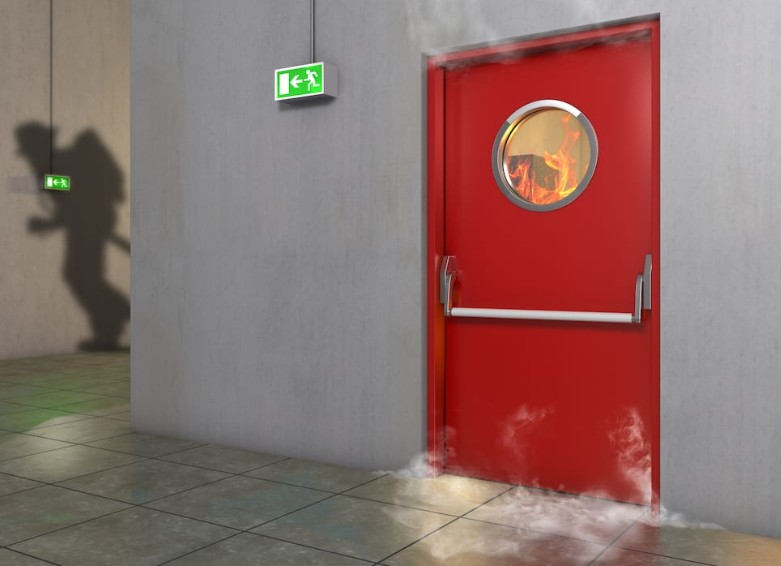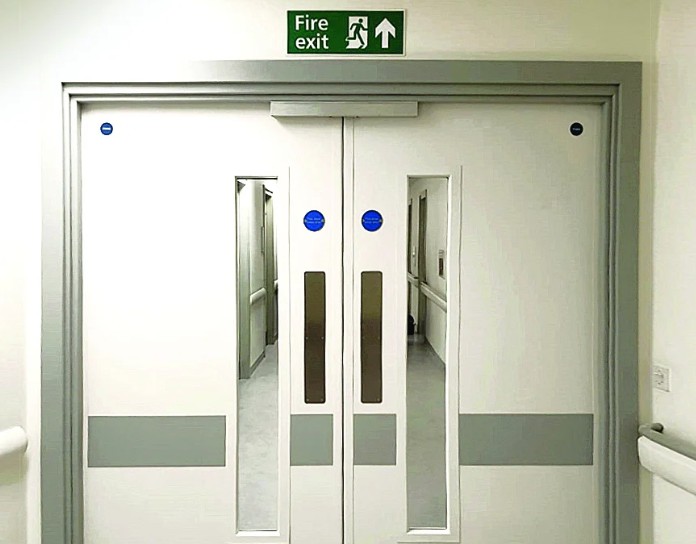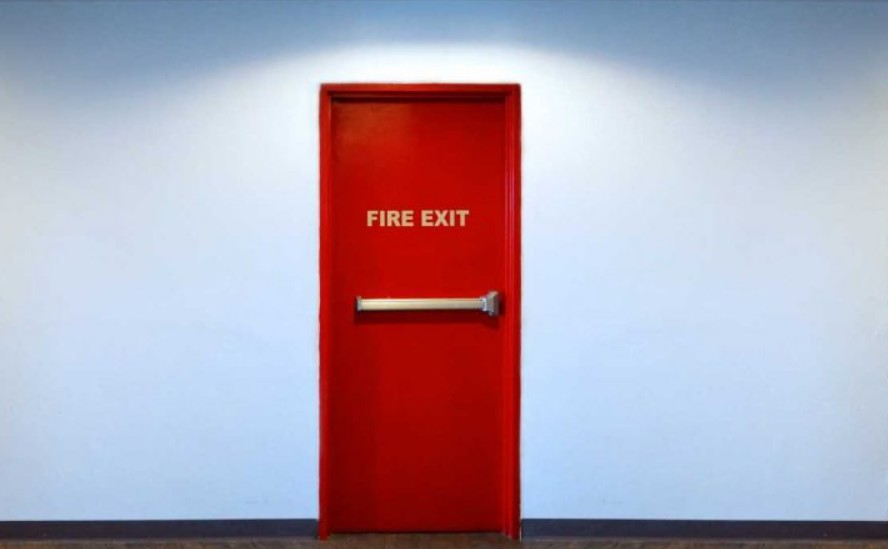Fire doors play a vital role in safeguarding lives and property, especially in high-risk environments like NHS hospitals. Understanding how long is an NHS fire door tested to contain fire, smoke, and toxic fumes is more than just a technical query; it’s about patient and staff safety, legal compliance, and the integrity of healthcare infrastructure in the UK.
In this article, we’ll explore the official standards, testing methods, and timelines that define how these essential components of hospital fire safety are evaluated. From BS 476 Part 22 to EN 1634-1, let’s break down everything you need to know.
What Are the Standard Fire Resistance Ratings for NHS Fire Doors?
When it comes to fire resistance, NHS fire doors are generally tested to resist fire, smoke, and toxic fumes for either 30 or 60 minutes, classified as FD30 or FD60, respectively.
Here’s a quick look at the common classifications:
| Rating | Fire Resistance Time | Typical Usage in NHS Facilities |
|---|---|---|
| FD30 | 30 minutes | Corridors, wards, and patient rooms |
| FD60 | 60 minutes | Plant rooms, main exits, storage |
What Does Fire Door Testing for Smoke and Fumes Involve?
NHS fire doors aren’t just tested against fire—they undergo rigorous assessments to contain smoke leakage and toxic fumes, which are often more deadly than flames.

Tests include:
-
Measuring smoke leakage under pressure.
-
Evaluating how intumescent seals expand and block toxic fumes.
-
Simulating fire in realistic, high-pressure environments.
How Do BS 476 Part 22 and EN 1634-1 Standards Differ in Fire Door Testing?
The UK has historically used BS 476 Part 22, which tests for fire resistance performance of door assemblies. However, a gradual transition is taking place toward the European standard EN 1634-1.
Key differences between BS 476 Part 22 and EN 1634-1:
| Criteria | BS 476 Part 22 | EN 1634-1 |
|---|---|---|
| Region | UK legacy standard | European Union & international |
| Test method | Furnace with visual judgment | Furnace + pressure, smoke, integrity, and insulation |
| Smoke and fume focus | Not primary | Integrated with testing |
| Fire resistance timing | 30, 60, 90+ minutes | 30, 60, 90+ minutes |
What Is the Role of Intumescent and Smoke Seals in NHS Fire Doors?
These components are vital in containing toxic fumes and smoke:
-
Intumescent seals expand under heat, sealing gaps.
-
Smoke seals prevent the early spread of smoke before the fire becomes intense.
Proper installation and maintenance are crucial for their performance.
Why Is Compliance with Fire Door Standards Crucial in NHS Facilities?

Healthcare settings demand a higher level of fire safety compliance due to:
-
Vulnerable patients unable to self-evacuate
-
Complex building layouts
-
High traffic and operational pressure
Failure to meet fire door standards can result in:
-
Legal consequences under the Regulatory Reform (Fire Safety) Order 2005
-
Severe risks to life during emergencies
-
Reputational damage to NHS Trusts
Are FD30 Doors Enough for NHS Safety Requirements?
FD30-rated fire doors provide 30 minutes of protection, but in many NHS environments, FD60 doors are preferred or required.
Considerations:
-
Critical areas with higher fire risk require FD60 or higher.
-
FD30 doors may suffice for corridors or admin spaces.
-
New builds often opt for higher ratings as standard.
What Is the Future of Fire Door Testing Standards in the UK?
The transition from BS 476 Part 22 to EN 1634-1 is part of a broader movement towards unified fire safety regulations across Europe. The NHS and other public facilities are gradually expected to align with this modern standard.
Key developments:
-
EN 1634-1 focuses on comprehensive containment, including smoke and toxic fumes.
-
Fire doors are being re-certified under EN testing to ensure future compliance.
-
The UK’s Passive Fire Protection Forum is urging healthcare buildings to audit and upgrade door systems accordingly.
How Can NHS Facilities Ensure Their Fire Doors Meet Current Standards?
Ensuring that fire doors perform as tested involves more than installing the right model. It includes maintenance, inspection, and professional verification.

NHS Trusts should:
-
Conduct annual fire door inspections
-
Verify certification labels and compliance documents
-
Engage with third-party accredited installers
-
Replace outdated doors that don’t meet EN 1634-1
What Are the Most Common Fire Door Failures Found in NHS Inspections?
According to the Fire Door Inspection Scheme (FDIS), frequent issues include:
-
Gaps larger than 3mm between the door and frame
-
Missing or damaged seals
-
Faulty closers that fail to latch
-
Non-compliant glass panels
A fire door is only as strong as its weakest component. Even a small oversight can lead to complete failure during a fire.
How Can Facilities Managers Stay Updated on Fire Door Compliance?
Facilities managers in NHS Trusts can:
-
Subscribe to MHRA and NHS Estates alerts
-
Attend CPD-accredited fire safety training
-
Regularly consult updated guidance from the Fire Industry Association (FIA)
Keeping staff informed ensures that hospital fire safety protocols evolve with regulation changes.
Conclusion
Understanding how long an NHS fire door is tested to contain fire, smoke, and toxic fumes is essential for maintaining a safe healthcare environment. Whether it’s a 30-minute FD30 or a 60-minute FD60 rating, these doors must be regularly inspected, compliant with current UK fire safety regulations, and ideally aligned with EN 1634-1 standards. As we move toward more integrated and rigorous testing protocols, NHS facilities must stay informed and proactive in ensuring fire door compliance for the safety of all.

Leave a Reply